هانس [هوفّمنّ][نبسب](1880-1966)
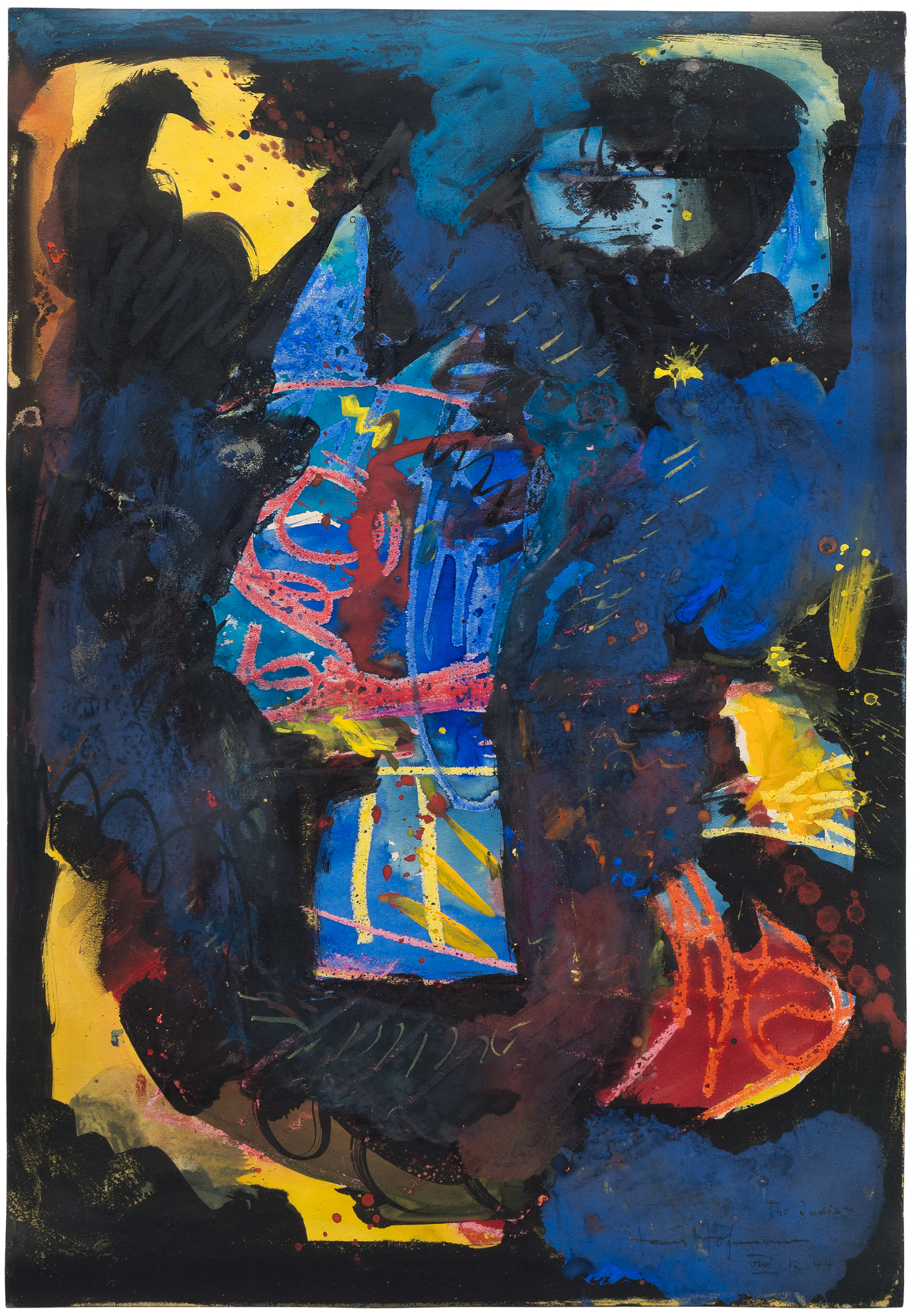
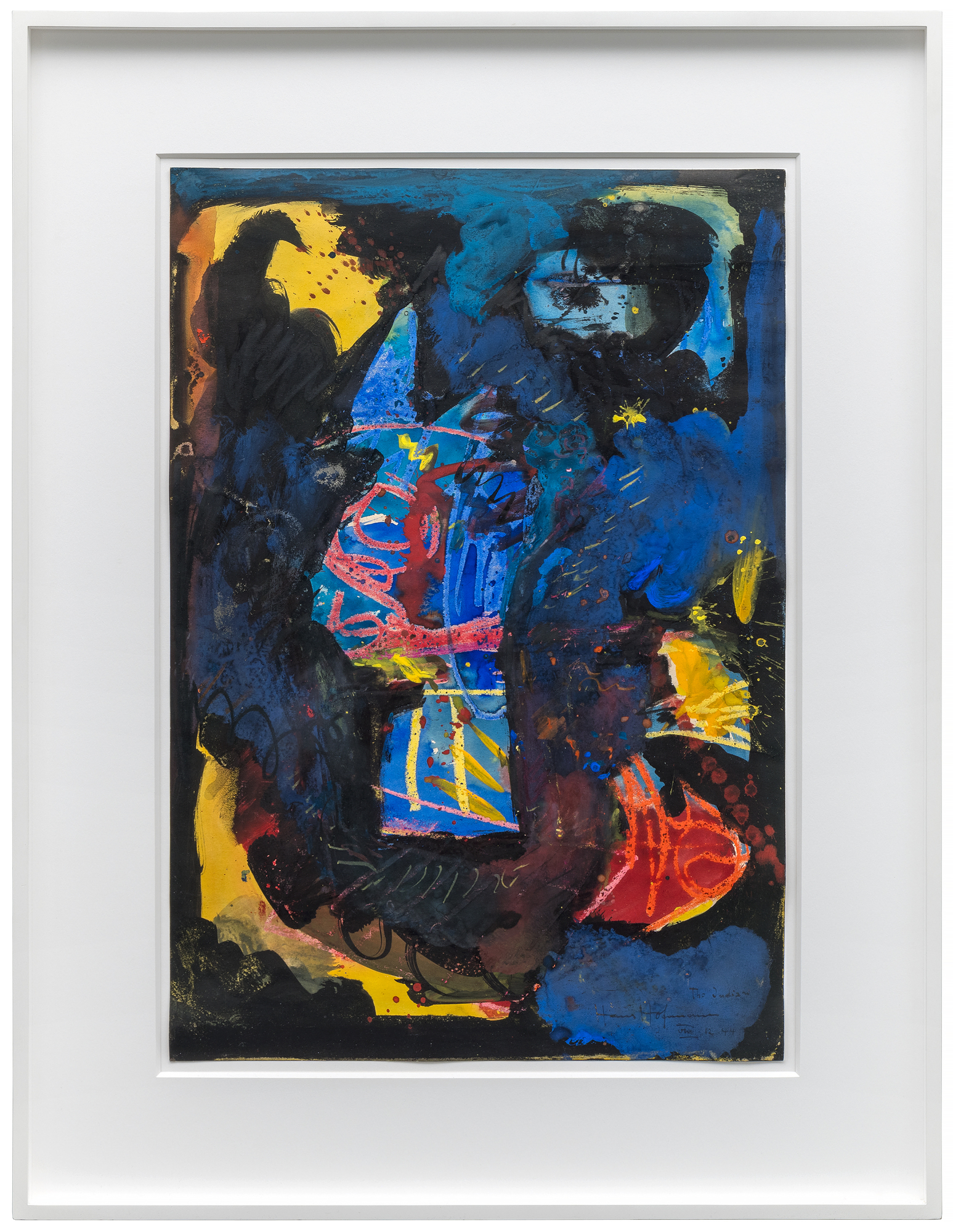
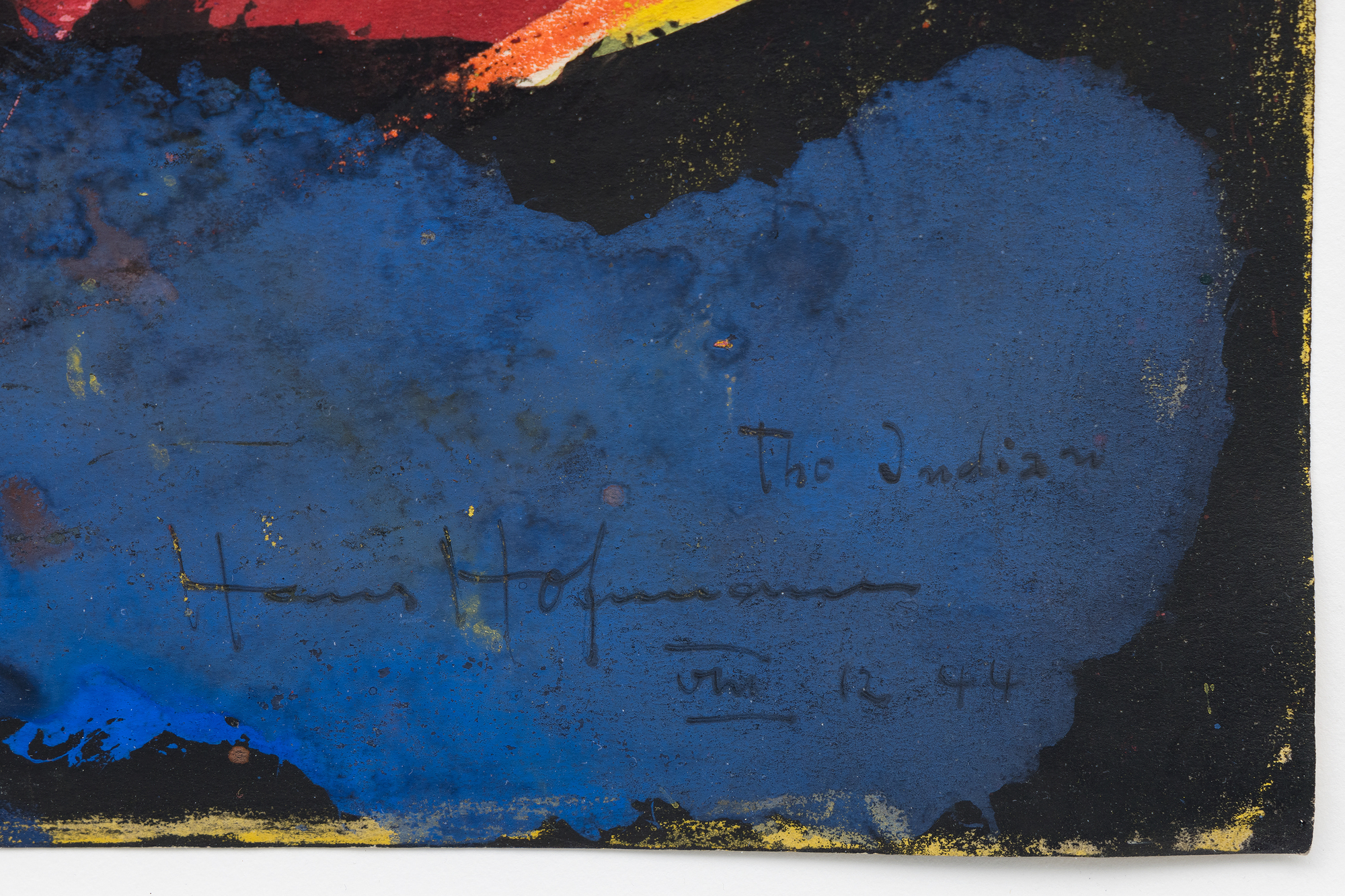
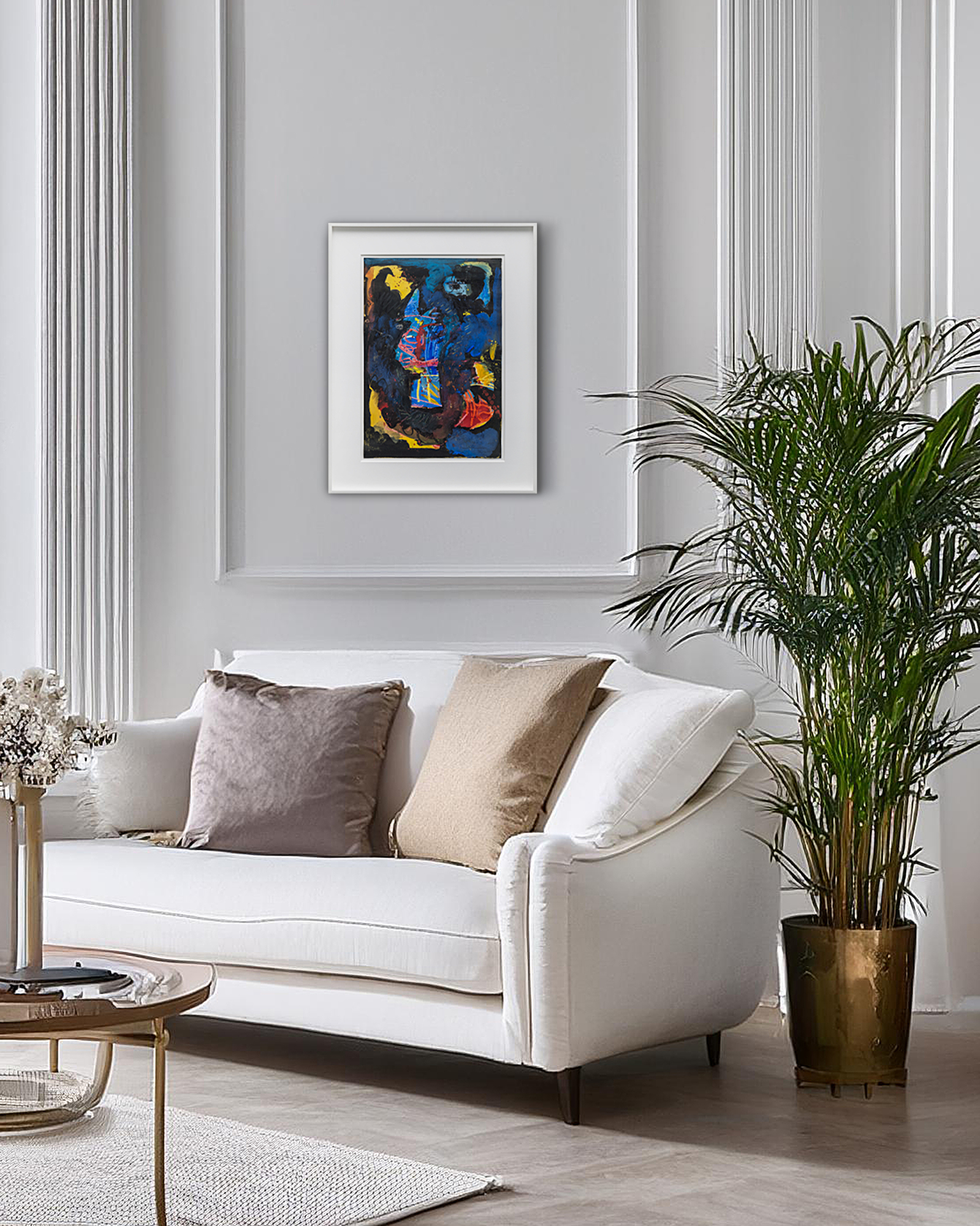
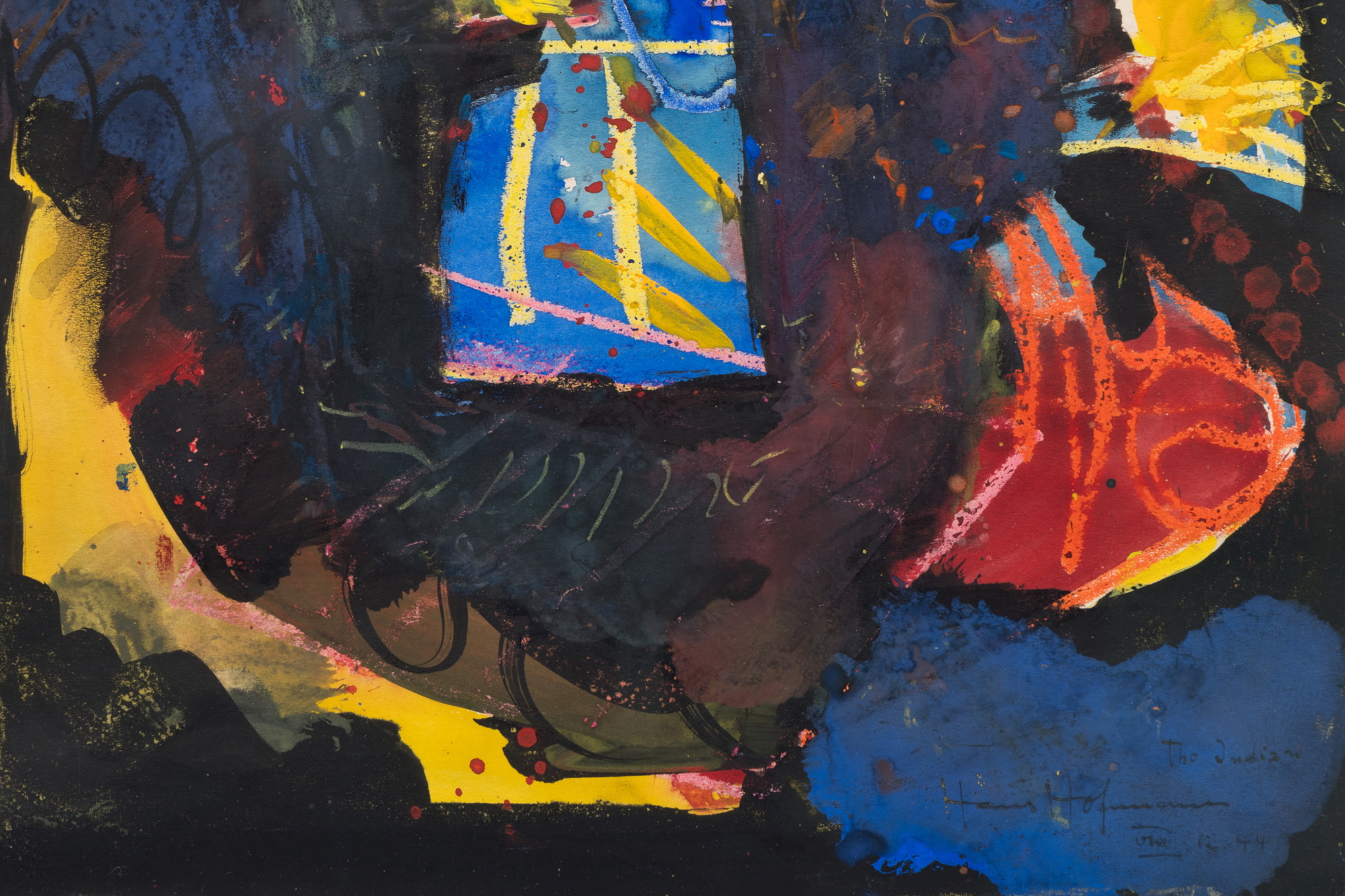
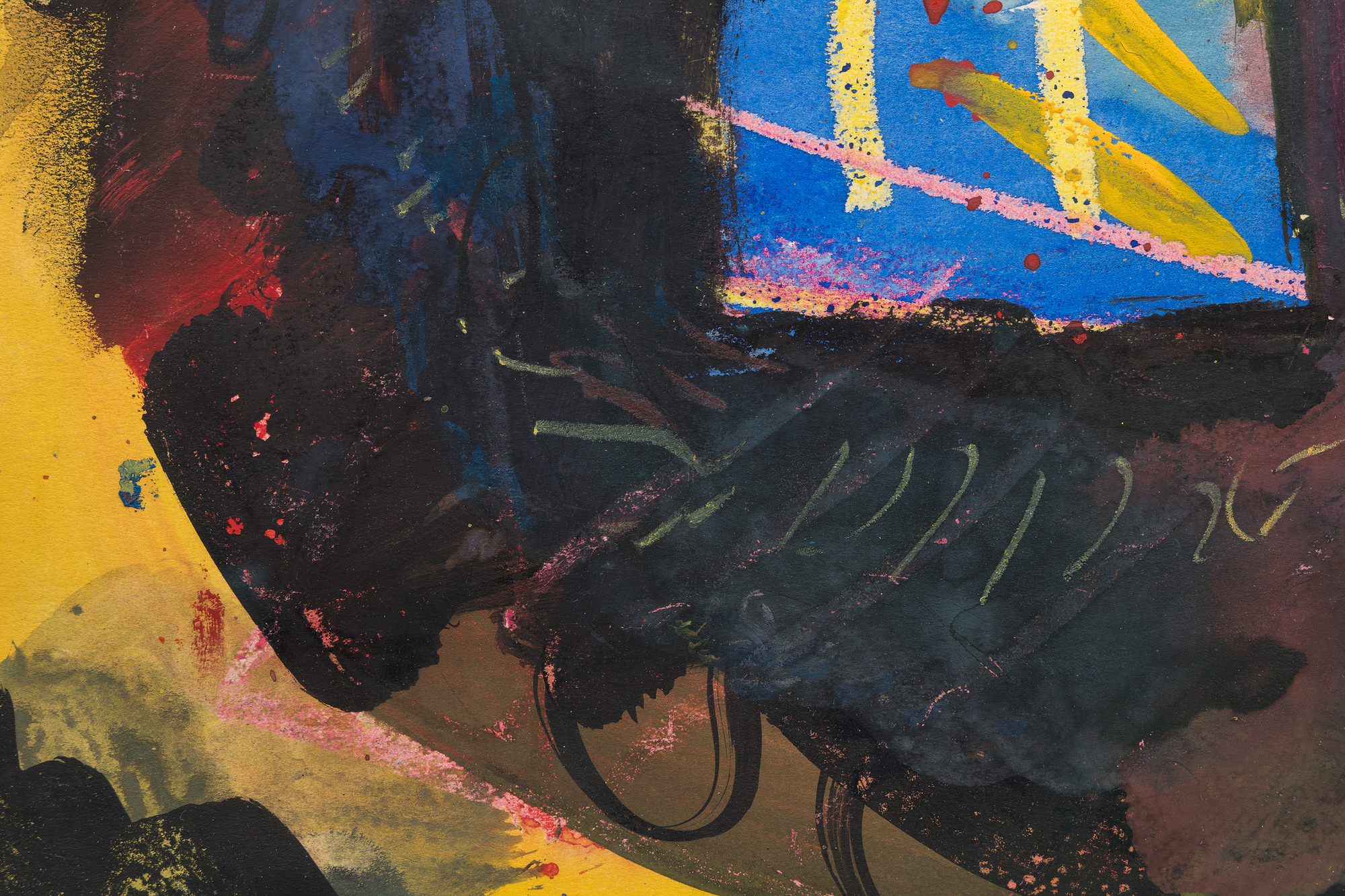

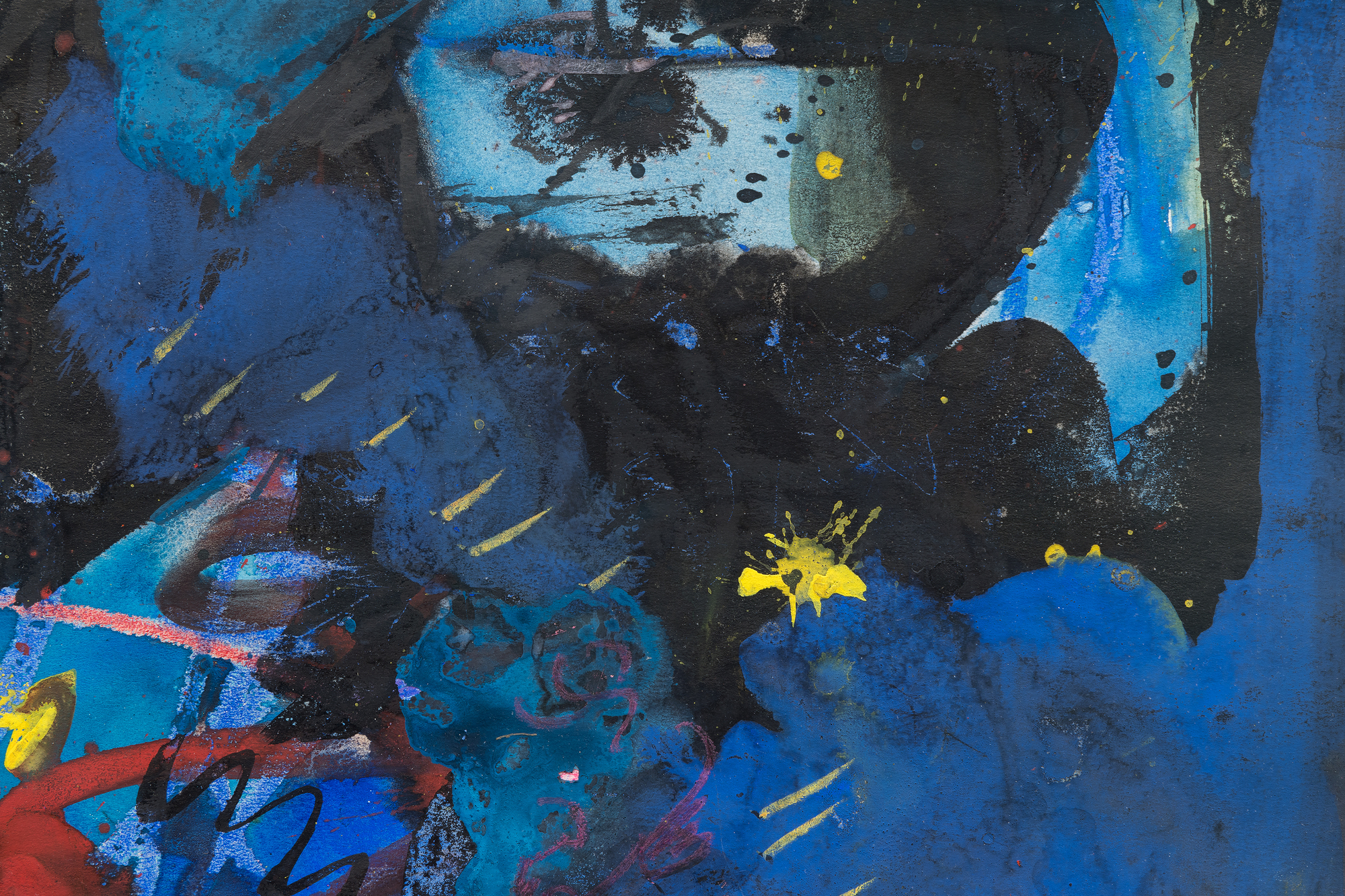
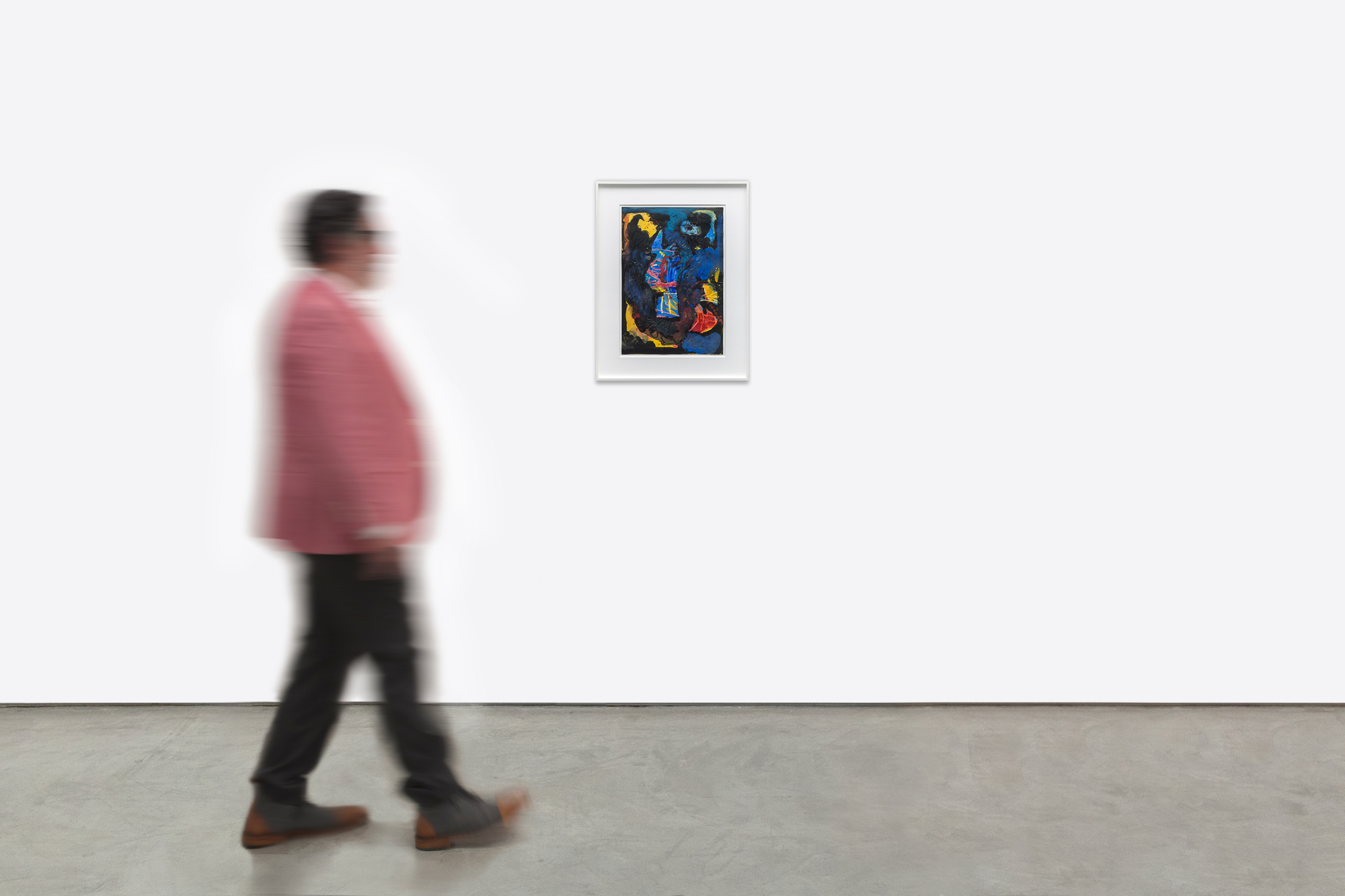
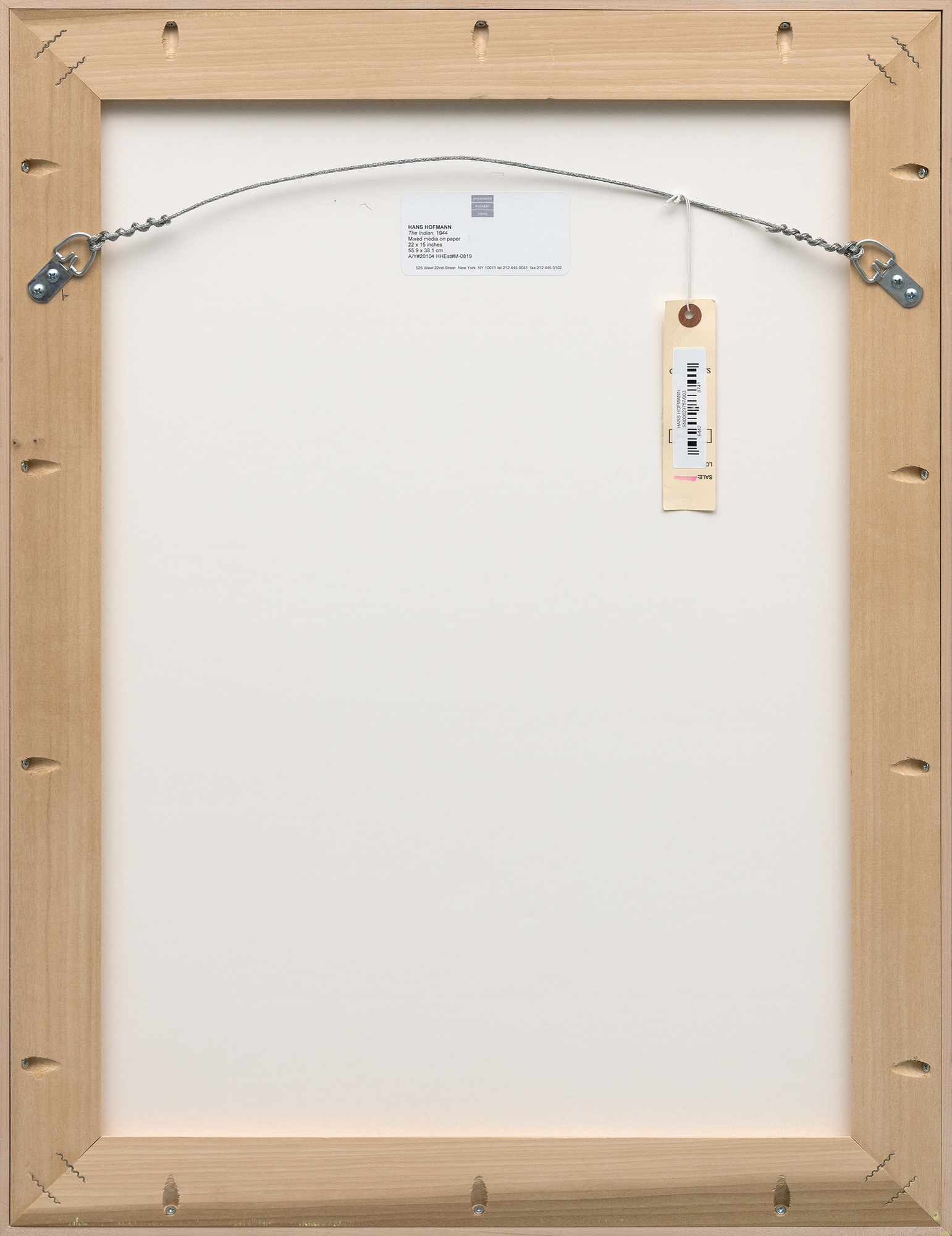
الاصل
أميرينجر ماكنيري يوهي، نيويوركمجموعة خاصة، نيوجيرسي
200,000
إن التوتر بين الشكل المركزي وخلفيته النابضة بالحياة يجسد انتقال هوفمان خلال الأربعينيات من الصرامة التكعيبية إلى تقنيات تعبيرية أكثر تحرراً. تجسد لوحة "الهندي" طاقة هذه الفترة المحورية، حيث يعكس تجريدها متعدد الطبقات وإيحاءاتها الرمزية قدرة هوفمان على الجمع بين العفوية الإيمائية والتوازن التركيبي المدروس.


